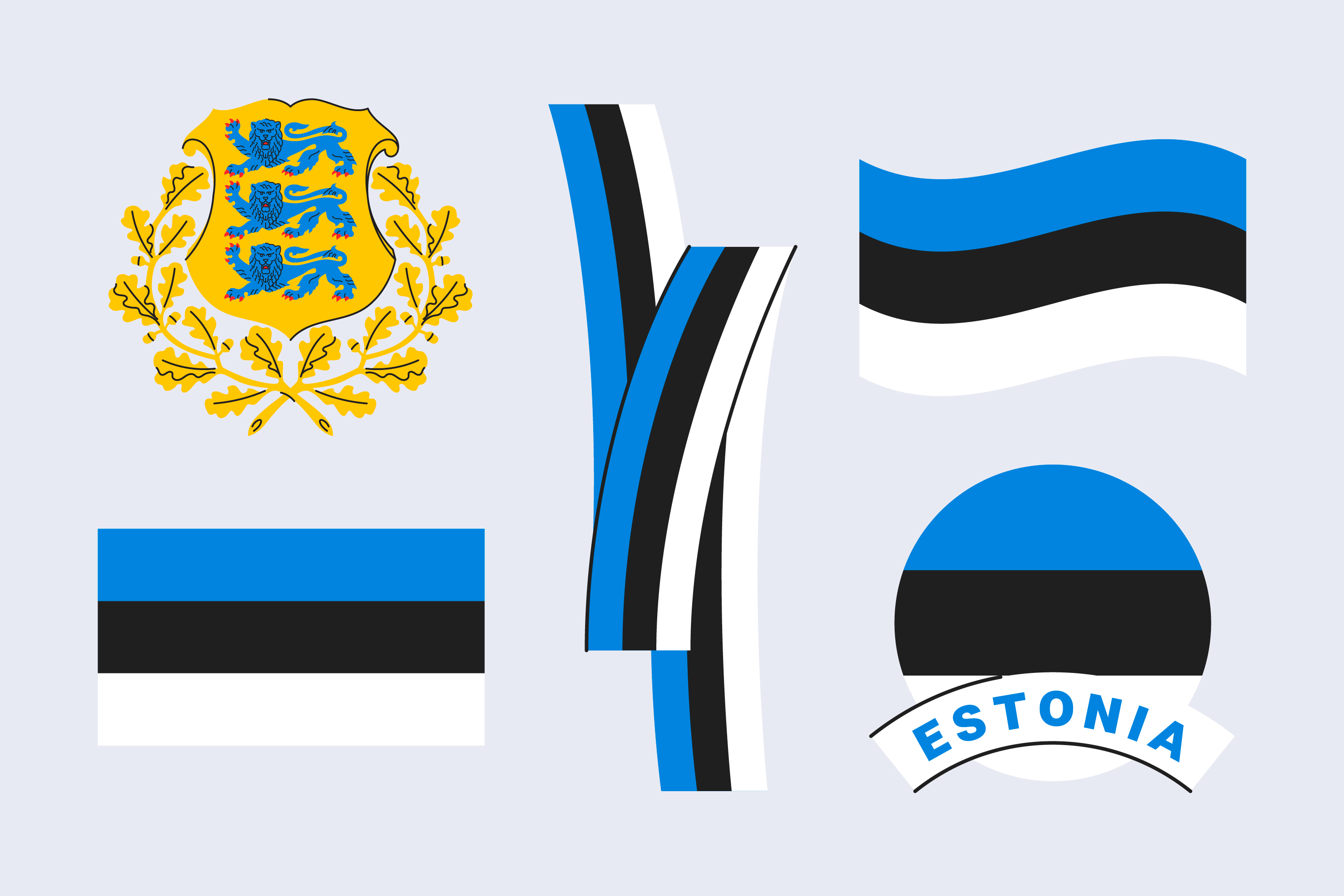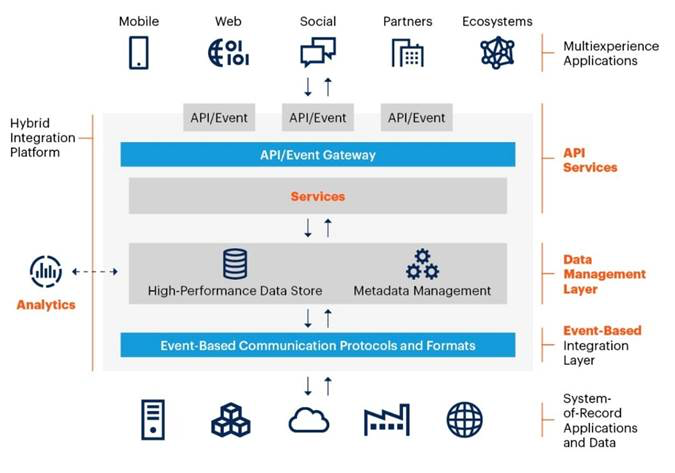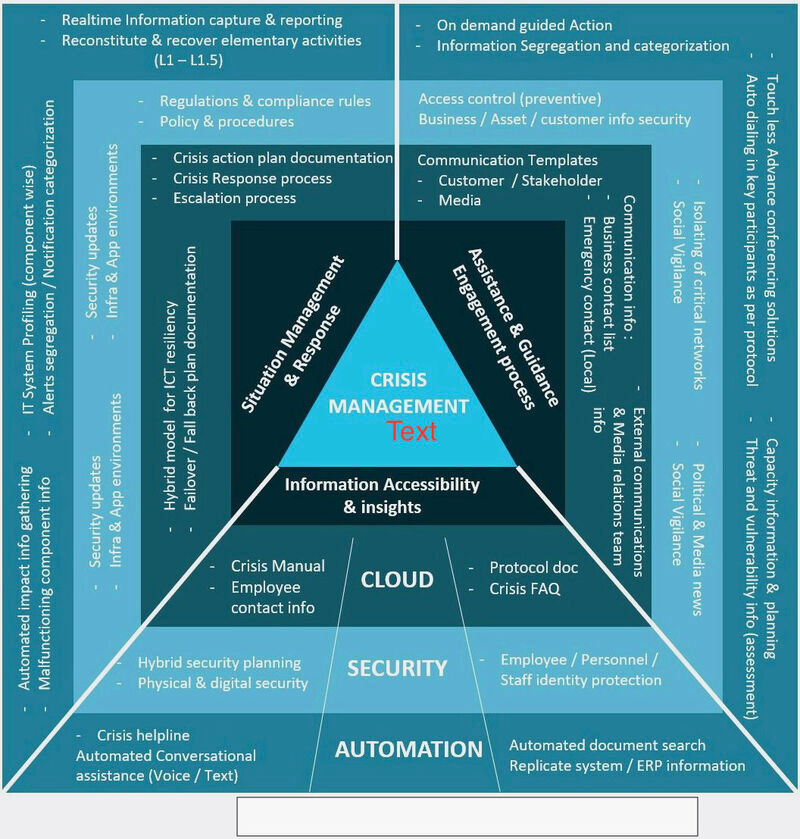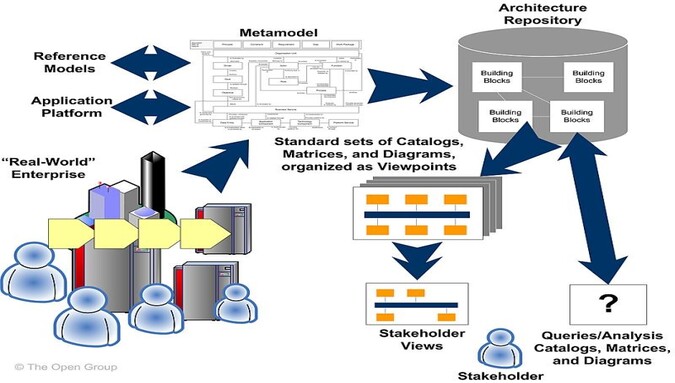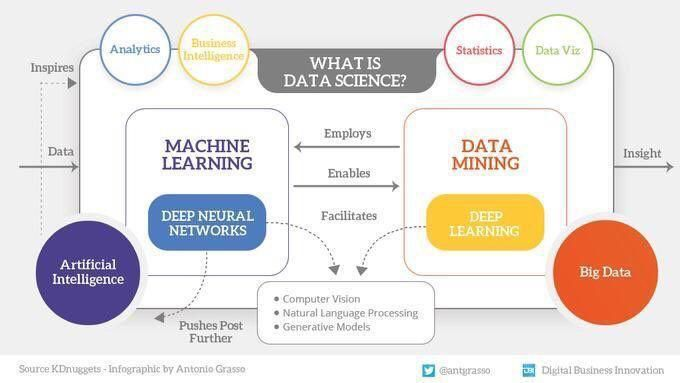Architectural Artifacts
The content metamodel is used as a technique to structure architectural information in an ordered way so that it can be processed to meet the stakeholder needs. The majority of architecture stakeholders do not actually need to know what the architecture metamodel is and are only concerned with specific issues, such as "what functionality does this application support?", "which processes will be impacted by this project?", etc. In order to meet the needs of these stakeholders, the TOGAF concepts of building blocks, catalogs, matrices, and diagrams are used.
Building blocks are entities of a particular type within the metamodel (for example, a business service called "Purchase Order"). Building blocks carry metadata according to the metamodel, which supports query and analysis. For example, business services have a metadata attribute for owner, which allows a stakeholder to query all business services owned by a particular organization. Building blocks may also include dependent or contained entities as appropriate to the context of the architecture (for example, a business service called "Purchase Order" may implicitly include a number of processes, data entities, application components, etc.).
Catalogs are lists of building blocks of a specific type, or of related types, that are used for governance or reference purposes (for example, an organization chart, showing locations and actors). As with building blocks, catalogs carry metadata according to the metamodel, which supports query and analysis. Matrices are grids that show relationships between two or more model entities. Matrices are used to represent relationships that are list-based rather than graphical in their usage (for example, a CRUD matrix showing which applications Create, Read, Update, and Delete a particular type of data is difficult to represent visually).
Diagrams are renderings of architectural content in a graphical format to allow stakeholders to retrieve the required information. Diagrams can also be used as a technique for graphically populating architecture content or for checking the completeness of information that has been collected. The TOGAF content framework defines a set of architecture diagrams to be created (e.g., organization chart). Each of these diagrams may be created several times for an architecture with different style or content coverage to suit stakeholder concerns.
Building blocks, catalogs, matrices, and diagrams are all concepts that are well supported by leading Enterprise Architecture tools. In environments where tools are used to model the architecture, such tools typically support mechanisms to search, filter, and query the Architecture Repository.
The interactions between metamodel, building blocks, diagrams, and stakeholders are shown in the image .

